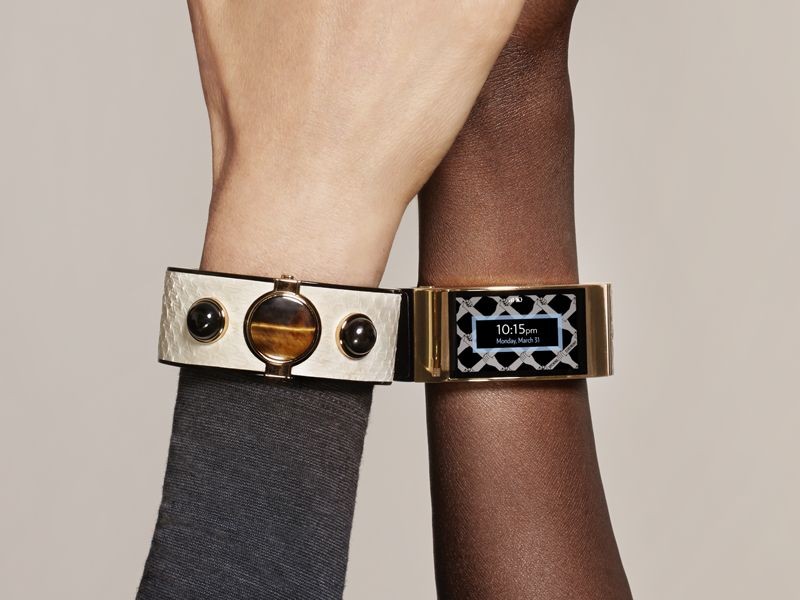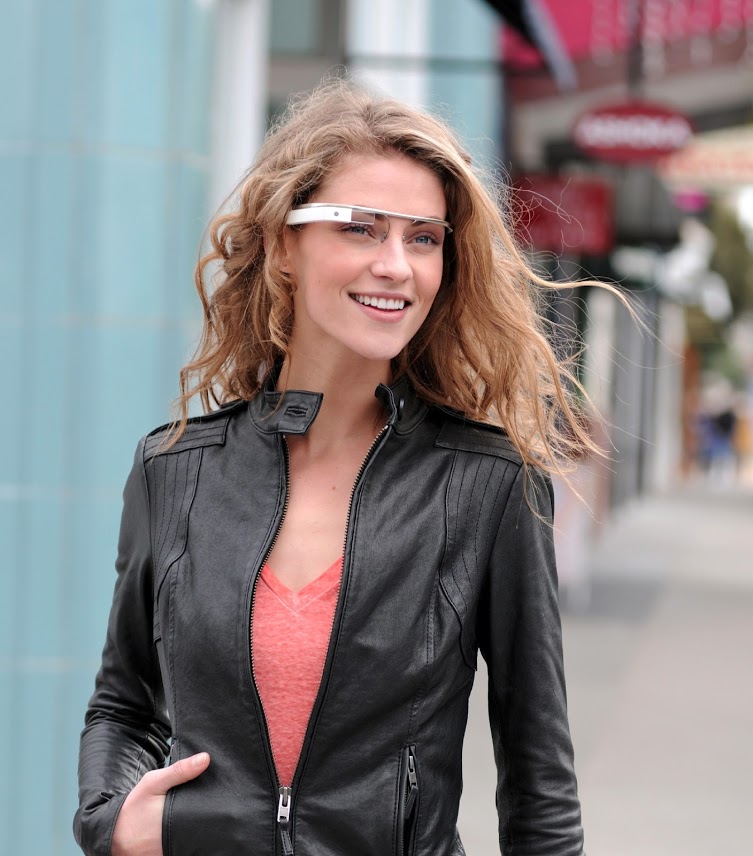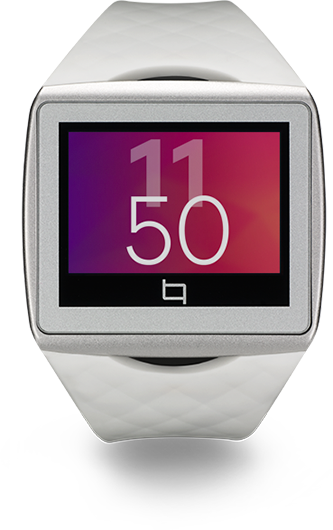Meet MICA
Intel's Smart Bracelet
“Fashion is not something that exists in dresses only,” Coco Chanel said. “Fashion is in the sky, in the street, fashion has to do with ideas, the way we live, what’s happening.” What’s happening is that the multibillion dollar worlds of technology and fashion are colliding like never before. Fashion editors were out in force […]



